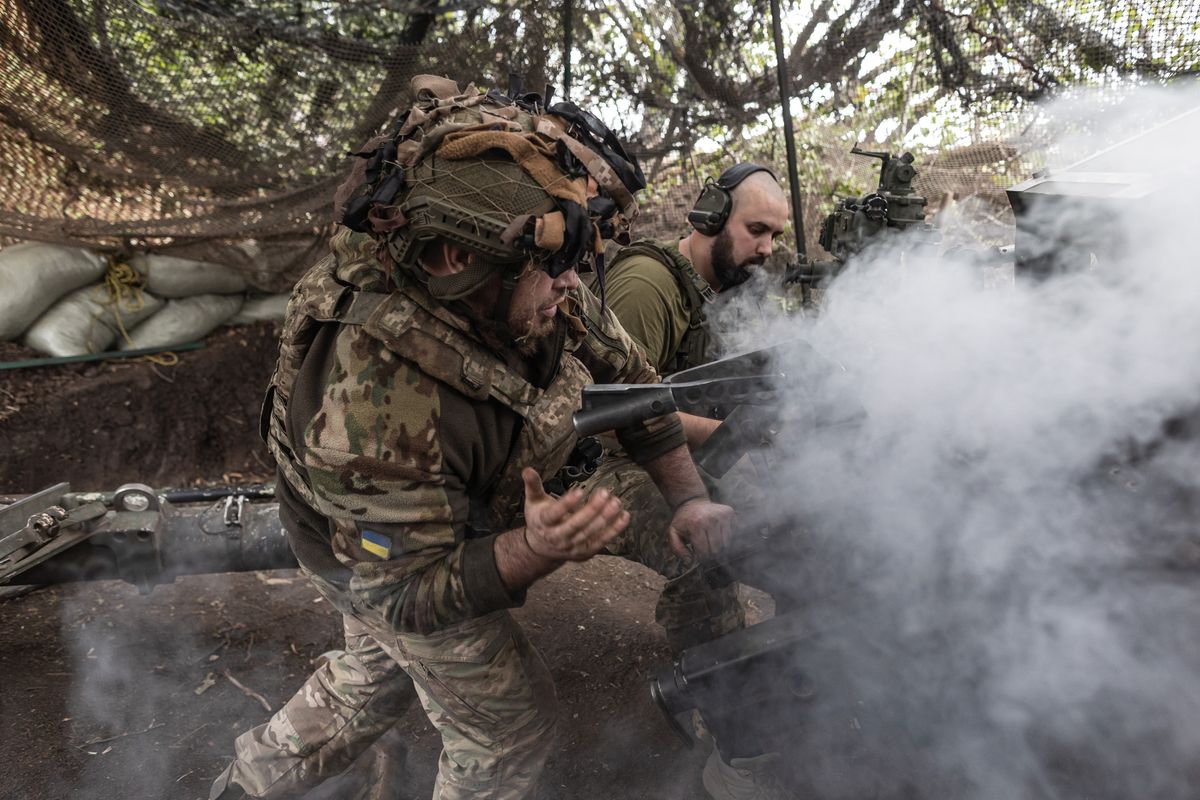Sweden, Finland, and Norway (the only NATO member of the three) are inching closer to the western sphere of defense. Russian incursions over the past few years – from Georgia in 2008 to Ukraine in 2014 – and the need to bolster overall defense in response to an increasingly unstable security environment in Europe have prompted the move.
This month, a senior Russian lawmaker said Russia would move its S-400 anti-aircraft missiles into Kaliningrad, a Russian territory sandwiched in between Poland and Lithuania on the Baltic Sea, opposite Sweden’s southern tip. Russia has also reportedly moved some of its nuclear-capable Iskander short-range ballistic missiles into Kaliningrad. Last month, Russian media claimed Russia is adding warships armed with long-range cruise missiles to its Baltic Fleet.
Sweden has reported multiple air violations by Russia, and Finland suspects Russian SU-27 fighter jets violated its airspace on two separate occasions in October.
Yet Sigurd Neubauer tells The Cipher Brief, “They [Sweden and Finland] are not going to radically change their relationship with the Russians. Rather, their movement toward the U.S. and NATO is based on the decision to upgrade their own defense capabilities. Some of today’s global insecurity is really impacting the security of these countries. Cross-border terrorism, extremism, and migration are real threats.”
Neubauer, who is from Norway and now works at a defense consultancy in the Washington-area, adds, “Finland and Sweden are unable to manage new cross boundary threats by themselves. They need a wide array of strong partners, and that comes in the form of NATO.”
In May, Sweden granted NATO more access to conduct training exercises. A month later the Swedes signed a new defense cooperation agreement with the United States, declaring, “Transatlantic cooperation is crucial for U.S. and European security […] The security challenges are greater and more complex than in decades.” The stated objectives are to enhance interoperability, strengthen capabilities through training and exercises, deepen armament cooperation, advance cooperation on R&D, and meet common challenges in multinational operations. Sweden and the United Kingdom also signed a similar agreement.
Finland has been mulling over NATO membership for some time. In the Finnish government’s recent defense policy review and on the Finnish Ministry of Defense website, the option to join NATO clearly remains on the table. Just last month, Finland signed a bilateral defense cooperation pact with the U.S. – much like the Swedish-U.S. one – that seeks to deepen ties through information exchange, joint R&D in cyber defense, and joint training. It also calls for cooperation in ship building, nuclear defense, and developing technologies for the Arctic. Finland signed a similar pact with the UK in July.
Norway is also strengthening its already strong ties with NATO and the U.S., partially due to Russia’s latest adventurism. In the Norwegian government’s latest Long Term Defense Plan, published in June, it is acknowledged that “Even though Russia does not constitute a military threat to Norway, the combination of military modernization and the will to exert influence through military power place Russia as a central factor in Norwegian defense planning. […] we cannot rule out the possibility that Russia in a given situation will consider the use of military force to be a relevant tool.”
Eight years ago, Russia considered military force a handy tool when it moved troops into Georgia’s South Ossetia and Abkhazia provinces, two breakaway territories that Russia recognizes as independent. Just two years ago, Russia used military force to invade Ukraine and annex the country’s southern peninsula, Crimea, which sits on the Black Sea’s northern coast.
As part of a Black Sea Rotational Force that bases U.S. troops with NATO partners, Norway is hosting around 330 U.S. marines at its Vaernes Air Station in January 2017. This builds on a renewal of the 2005 Oslo-Washington agreement, Marine Corps Prepositioning Program-Norway. In 2018, Norway will host NATO’s massive Trident Juncture exercise, with some 25,000 soldiers participating.
The deepening defense ties between the three largest Nordic countries and the West could, on the surface, provoke Russia. Olga Oliker, Senior Advisor and Director of the Russia and Eurasia Program at the Center for Strategic and International Studies (CSIS), explains to The Cipher Brief, “It’s an argument the Russians try to make. But if the Russians have no intention of any sort of aggressive action, then how is defensive cooperation between countries that generally have good relations and that are aligned – and, in one case, allied – in any way provocative?”
Moreover, a Trump presidency could ease tensions if a policy of detente with Russia is enacted. “The Nordic countries will be able to continue their military operations, and they will not be used as a pretext by the Russians to get back at Washington,” says Neubauer.
This, however, may be wishful thinking. The Nordic countries’ shift west is certainly an effort to enhance overall security in an increasingly insecure world. But at the same time, Russia’s actions have abetted global insecurity. Sweden, Finland, and Norway are closely watching their eastern neighbor.
Kaitlin Lavinder is a reporter at The Cipher Brief. Follow her on Twitter @KaitLavinder.











